On Sunday November 10th, several members of the Colombian Armed Forces and National Police were kidnapped by locals in the conflict-ridden department of Cauca, located in southwestern Colombia. This comes after the end of a Colombian military operation that was launched in October to recapture the town of El Plateado, which had been a FARC-EMC stronghold for several years. The security forces who were held hostage were released later that night without incident. This is not the first time security forces have been kidnapped or held hostage in Colombia, drawing concerns about its effectiveness after nearly 60 years of conflict with various guerilla groups.
The Incident
On Sunday night it is believed that security personnel of the Colombian Armed Forces and the National Police force were manning a checkpoint in the town of Argelia, located in the far south of Cauca on the border with Narino department. The town has a population of about 20,000 people, most of whom work in the agriculture sector, namely in the vast fields of coca that are prevalent throughout the area. A pickup truck approached the police checkpoint and continued without stopping after being ordered to do so. Because of this the National Police notified an Army unit stationed further up the road. According to residents of Argelia, once those inside the vehicle saw the security forces they opened fire with a handgun, leading to a firefight between the army and those inside the vehicle. In the ensuing gunfire one of the militants was killed while the other three fled. This prompted the incident in which civilians of the town held members of the security forces hostage. It is unknown how many security personnel were kidnapped, however video footage shows at least half a dozen soldiers. Interestingly, they still had their weapons and full combat gear. Residents of the town are also seen surrounding the soldiers and taking videos of them on their phones. It has been reported that the reason why residents peacefully surrounded the soldiers in order to prevent the "evacuation of the body" by security forces, whom residents claim was just a local peasant.
Originally, it was reported and believed that the militants in the truck were from the "Carlos Patino Front", the grouping of the FARC-EMC that operates in southern Cauca and the town of Argelia. The FARC-EMC is a dissident faction of the FARC (that disbanded in 2016), that is currently trying to hold itself together after the recent Colombian Armed Forces success in Operation Perseo.
FARC-EMC Presence in Southern Cauca
Naturally, it would be assumed that it was Mordisco's FARC-EMC that was involved in the attack due to Cauca being the primary base of operations of the FARC-EMC, and where it is believed the leadership is currently hiding. Furthermore, Argelia has over 6,000 hectares of coca fields making it ripe for violence between varying guerilla groups for control. The FARC-EMC also controls a cocaine production plant located within the municipality of Argelia, which refines coca from across southern Cauca into cocaine. Just recently the FARC-EMC lost the town of El Plateado which also happens to be in the municipality of Argelia, although most militants left prior to the arrival of the Colombian Armed Forces.
Rivaling FARC Dissident Factions
The day following the incident on November 9th, the Colombian outlet Semana confirmed that soldiers of the "Rapid Deployment Force No. 4" and a few police officers were taken hostage. Furthermore, the outlet also claimed that the militant didn't belong to the FARC-EMC but rather the Segunda Marquetalia dissident structure, who used the nom de guerre Lagrimas.
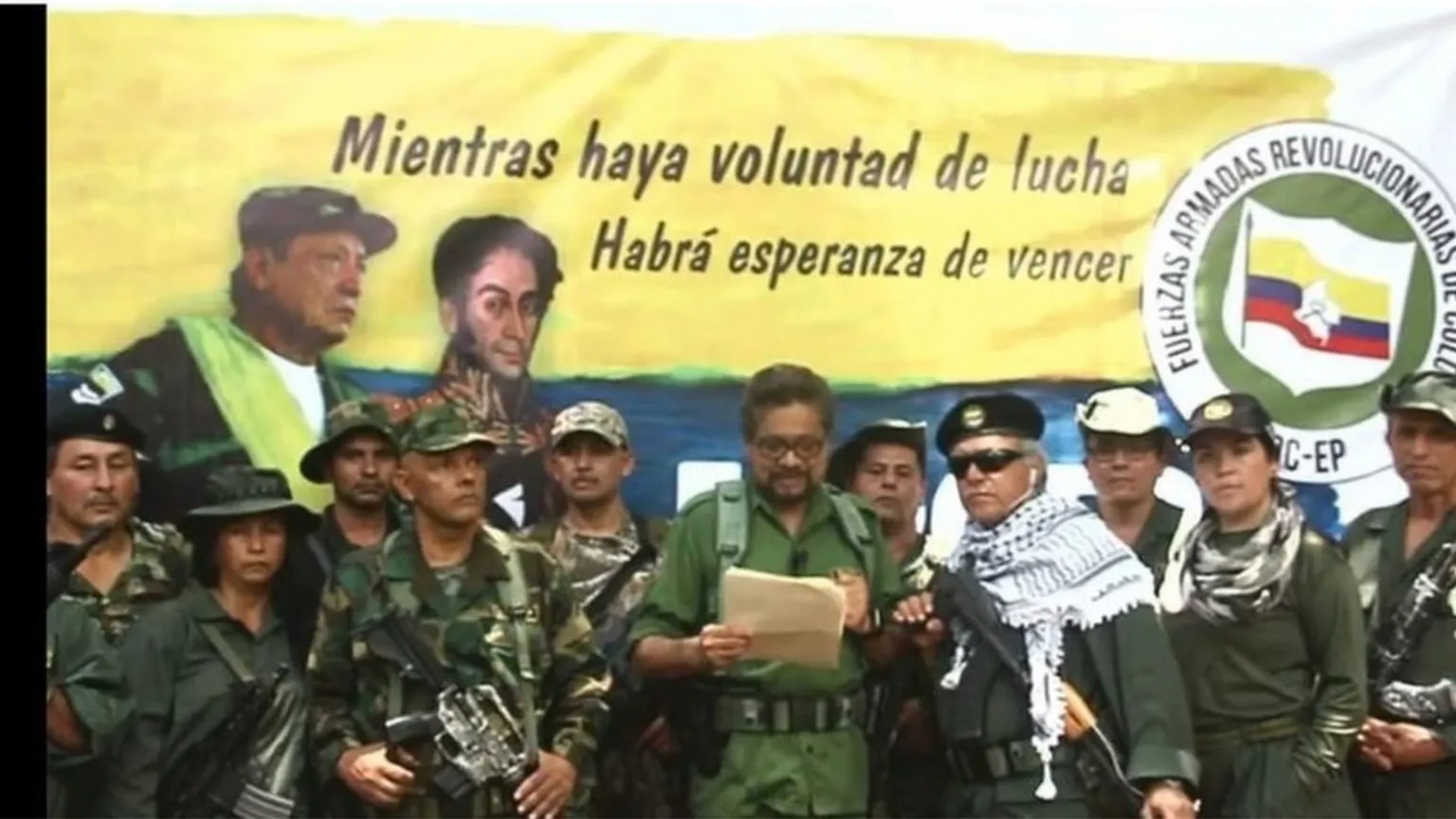
The FARC-SM is led by Luciano Marin Arango, known by his alias of "Ivan Marquez". Marquez was an extremely important figure in FARC-EP serving as its political chief and was the head of negotiations for the organization in Havana, which led to the initial peace agreement. Underneath Marquez were former FARC commanders "El Paisa", "Jesus Santrich", and "Romana". However, all three of these commanders were killed in 2021 in Venezuela. Ivan Marquez himself was thought to have been killed in Venezuela in the summer of 2022 which was suggested by the then President of Colombia, Ivan Duque. This would be proven untrue as Marquez reappeared in a video in May of 2024, after nearly two years of evading Colombian Forces. In the video Marquez claimed his support for Gustavo Petro's proposal of a National Constituent Assembly - which would be responsible for amending the constitution to improve social programs and reforms, something that was key in the 2016 peace deal with the FARC.
Civilian Led Kidnappings
The kidnapping by local residents of Argelia against Colombian security forces is not the first incident in which this has occurred, with two similar instances also taking place since August. The first occurred on August 11th, when over 60 soldiers were kidnapped and held hostage by an indigenous peasant guard in the department of Guaviare. The soldiers were released the following day unharmed. Similarly, on October 18th it was reported that two platoons of Colombian soldiers were kidnapped by civilians in Argelia in response to Operation Perseo. The nearly 60 soldiers were herded into a local school while negotiations between police and local leaders were held to have the soldiers leave peacefully.
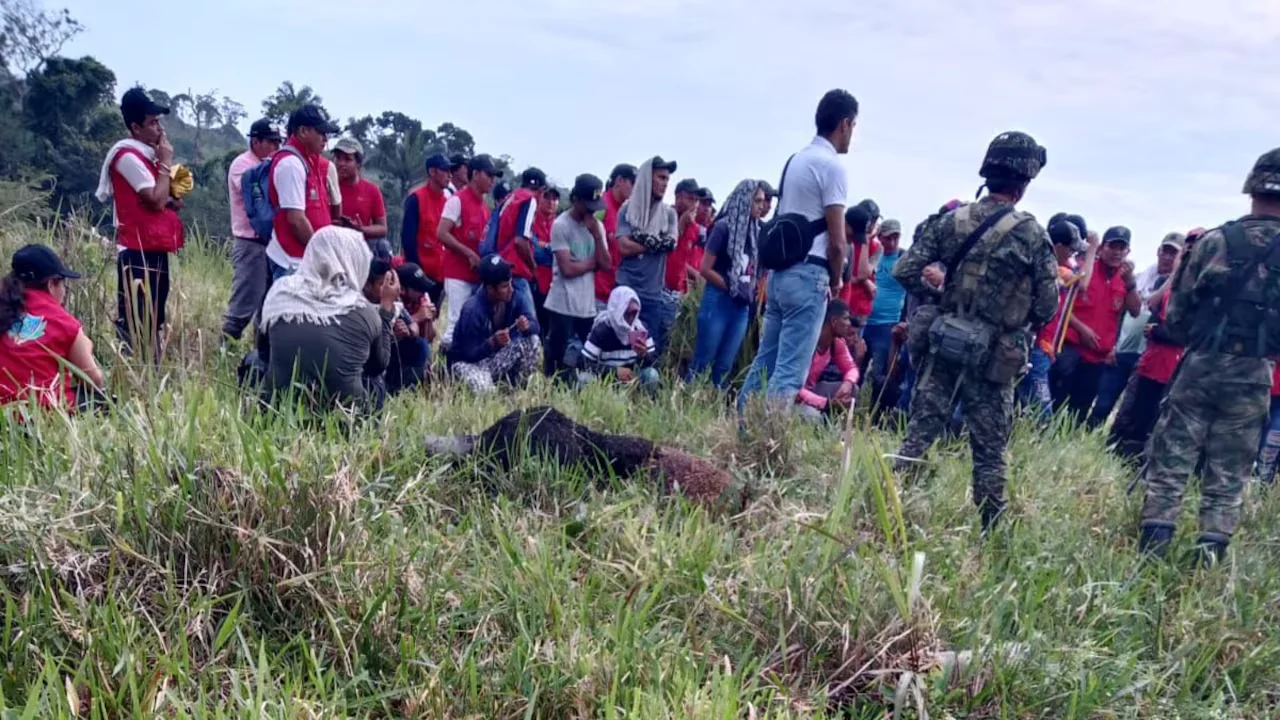
In all three incidents the Colombian Ministry of Defense blamed guerilla groups for orchestrating the kidnappings, namely the dissident FARC factions. Although there is evidence to support this being the case, it would seem some part of the local population also genuinely distrust the security forces and the Colombian government. This is due to decades of neglect by the Colombian government to provide basic services to rural Colombians such as healthcare, roads, education, and especially security. This led to a vacuum that was quickly filled by the FARC and other Colombian guerilla groups which provided such services, although they have also led to negative consequences on rural Colombians livelihoods. Furthermore, security forces have been responsible for thousands of civilian deaths, which would inevitably push some rural Colombians toward protection from guerilla groups. This included "bodycount promotions", in which officers were expected have a confirmed number of "guerilla's" killed in an operation. According to Alvaro Tamayo, a former Lt. Col. in the Colombian Armed Forces; Officers received promotions and overseas postings depending on the amount of kills they recorded during operations against leftist militants. This led to innocent civilians being shot and placed in mass graves, in order to bump the guerillas killed in combat operations.
Looking Forward
As it stands, Operation Perseo has ended in the department of Cauca after the capture of El Plateado. Meaning that this will certainly not be the last tense standoff between civilians and government forces. Furthermore, there seems to be no timeline to the end of the operation with the stated goal of capturing or killing the leadership of the FARC-EMC. It would seem that Petro's progressive government has returned to military force after his "Total Peace" plan seems to be teetering. It is yet to be seen how successful Operation Perseo was in rural areas of Cauca where criminal and guerilla groups vie for control largely outside of government interference. However, there was some early success for the Colombian military after retaking the strategic town of El Plateado in the middle of October. However, several FARC factions are still in negotiations with Petro's government and just recently the ELN has decided to also re-enter negotiations. This will inevitably place more pressure on Mordisco and the FARC-EMC if these negotiations continue.


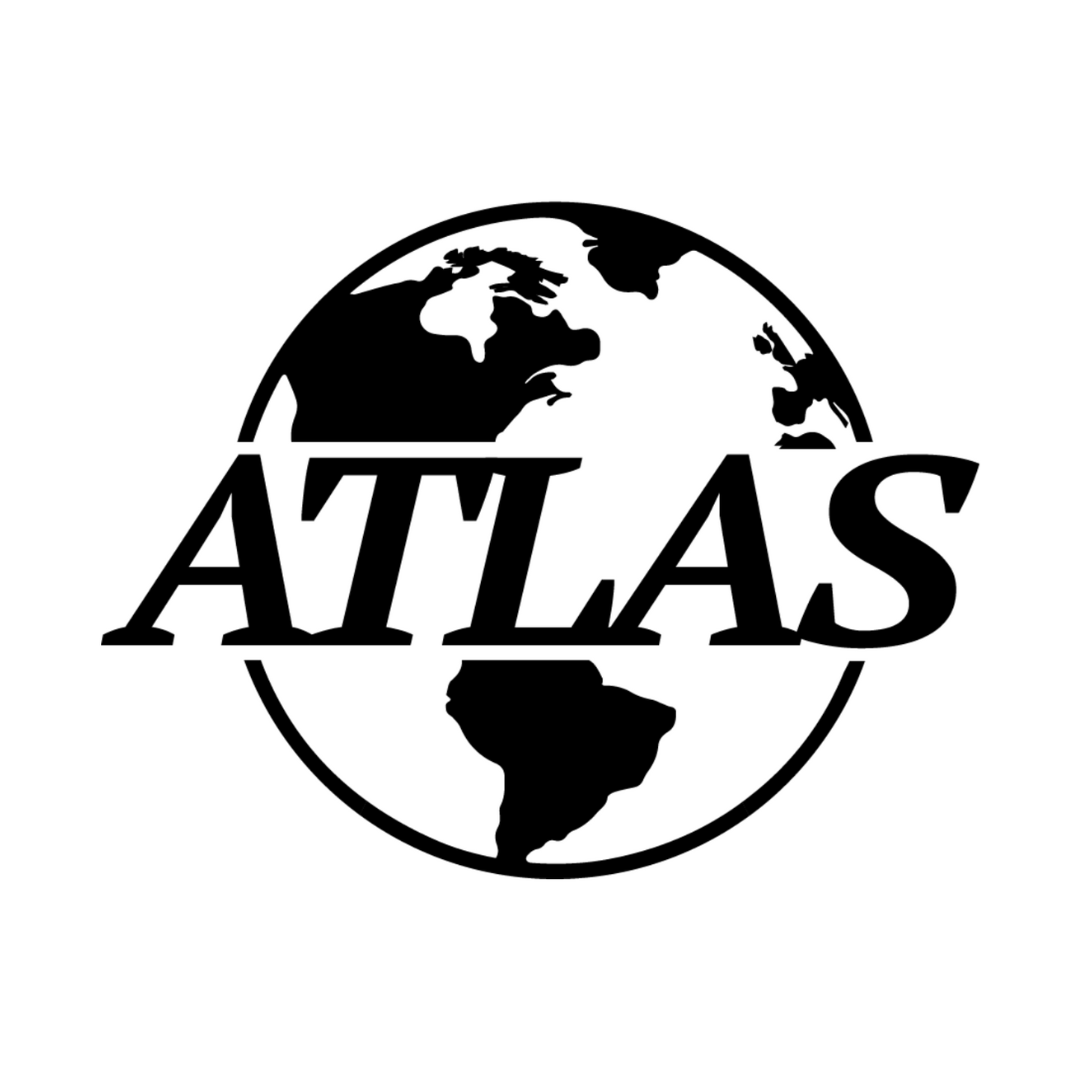
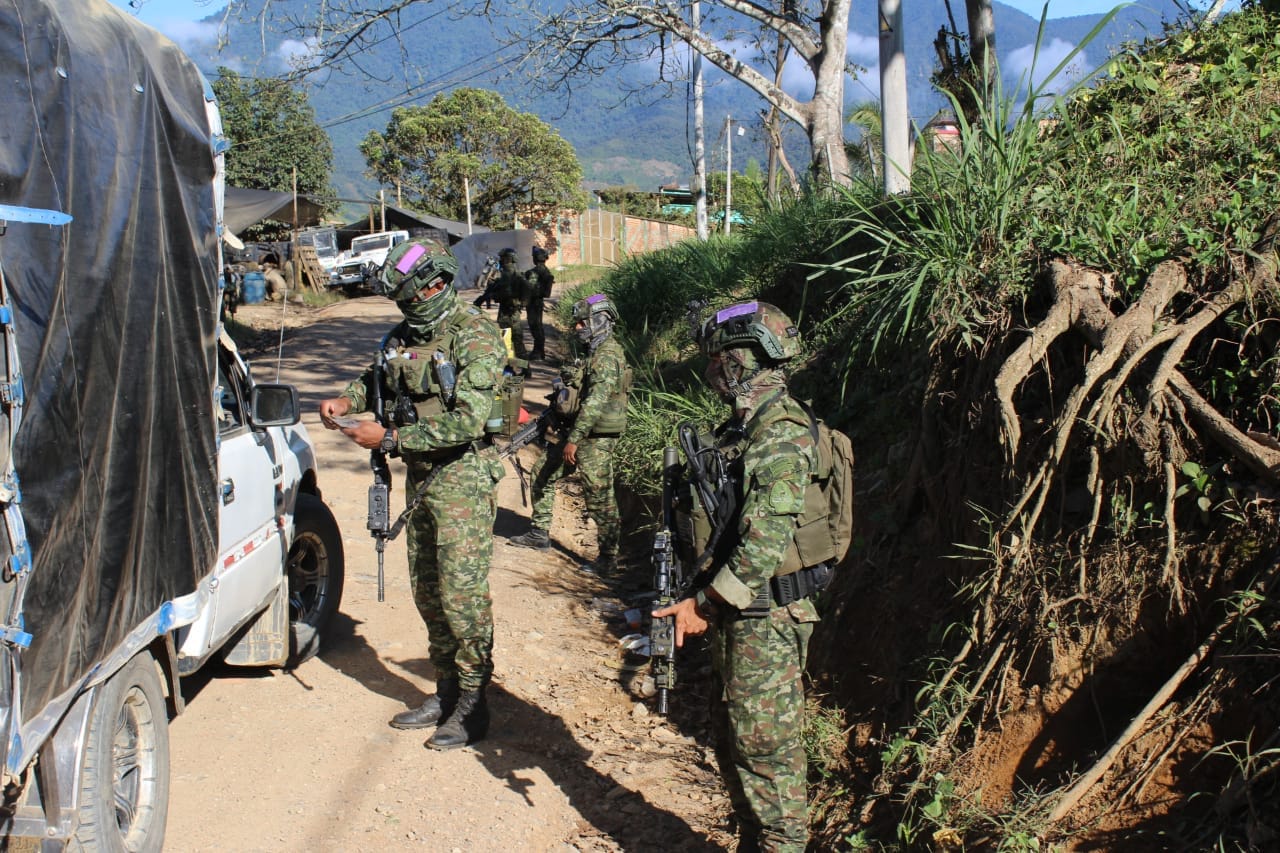
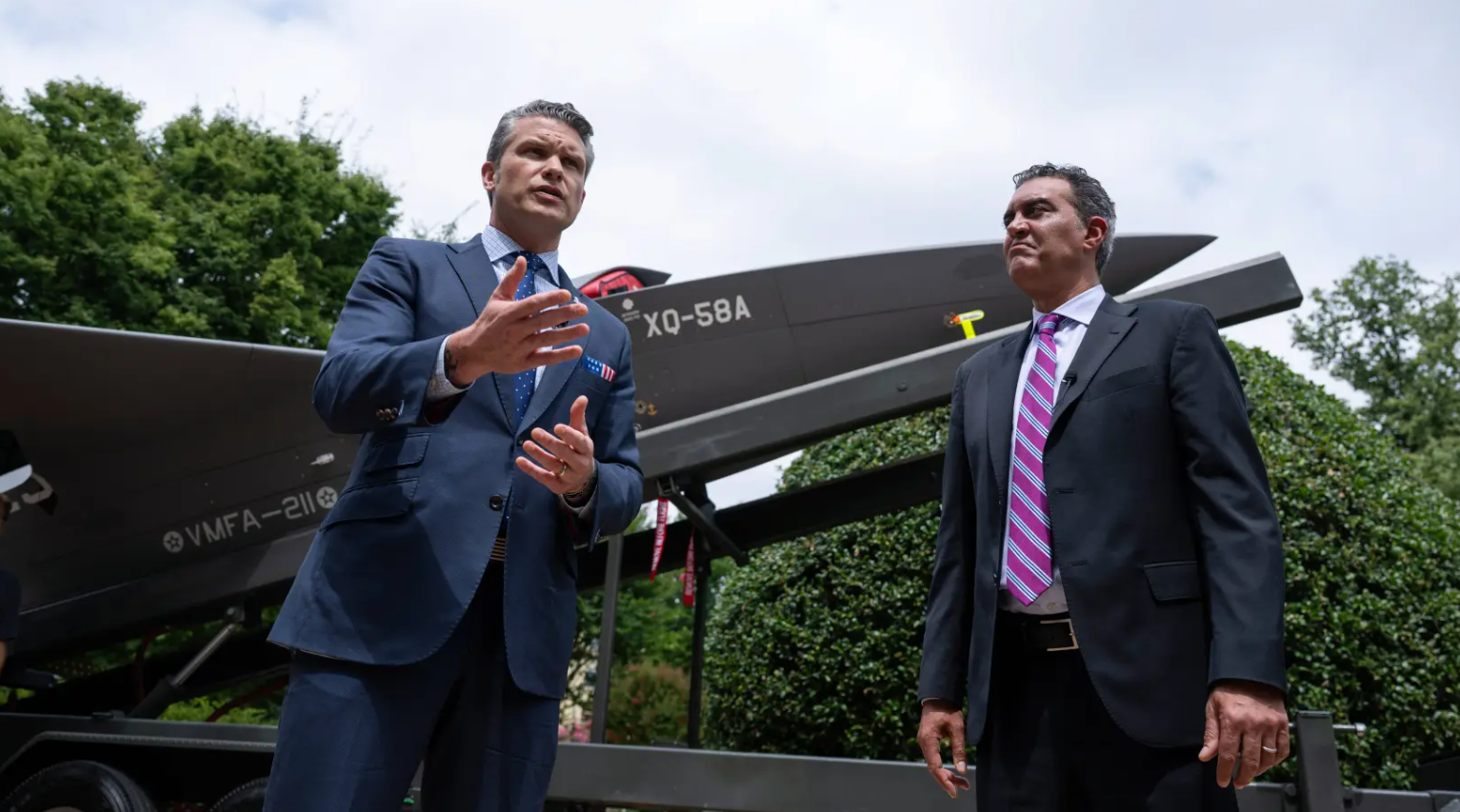



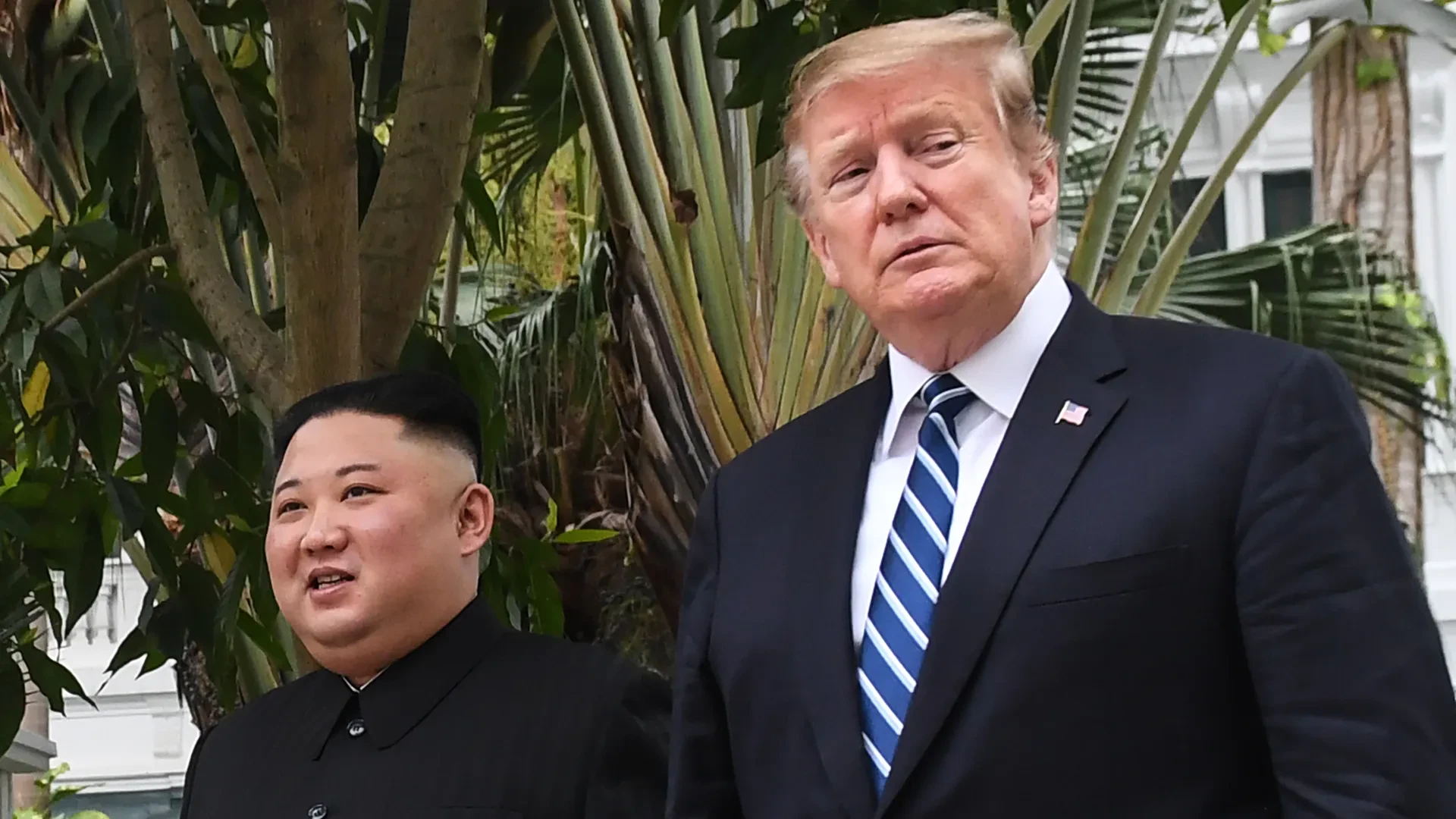
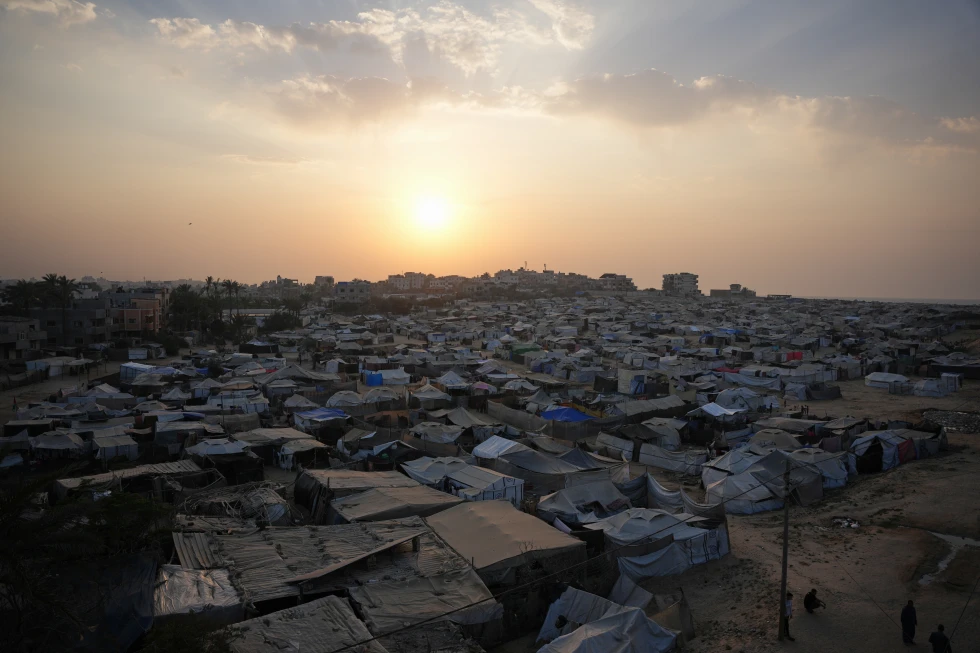
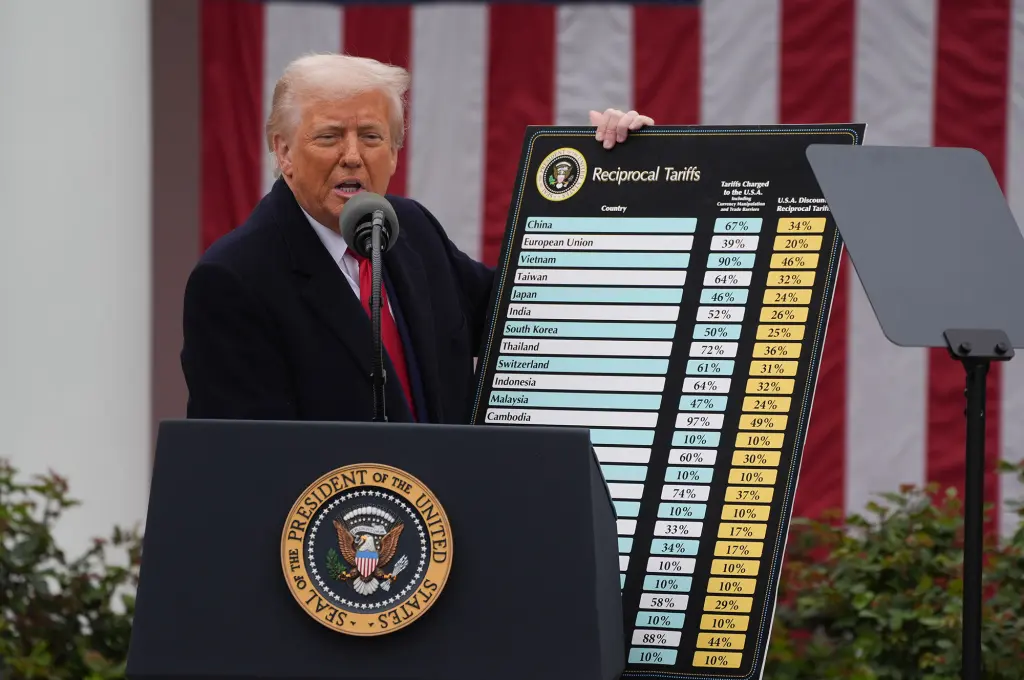
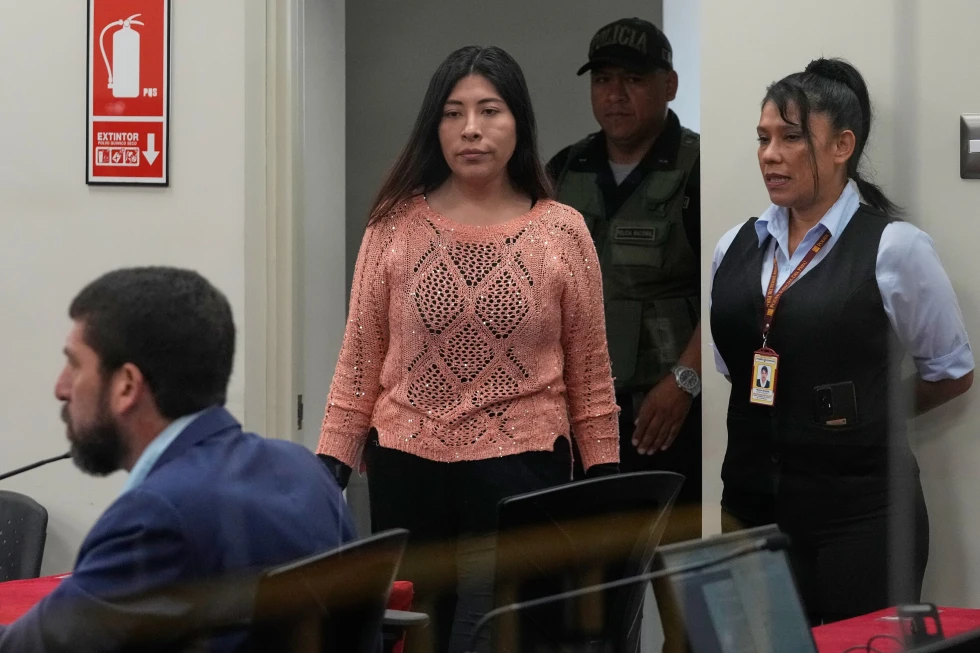
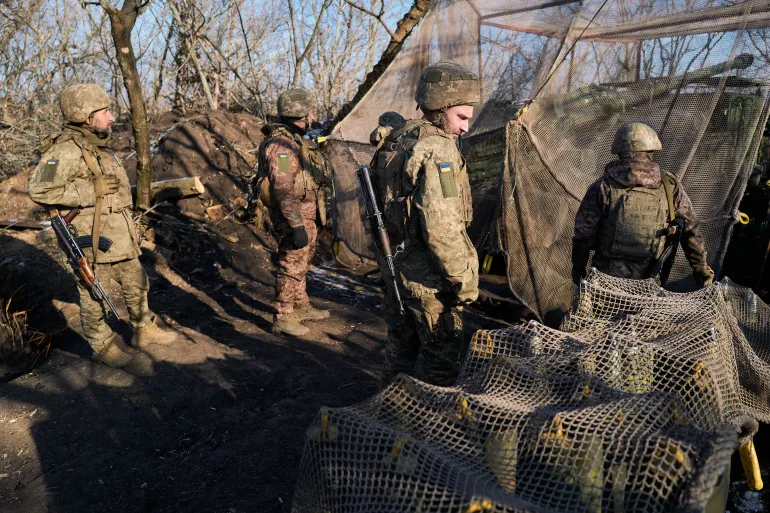

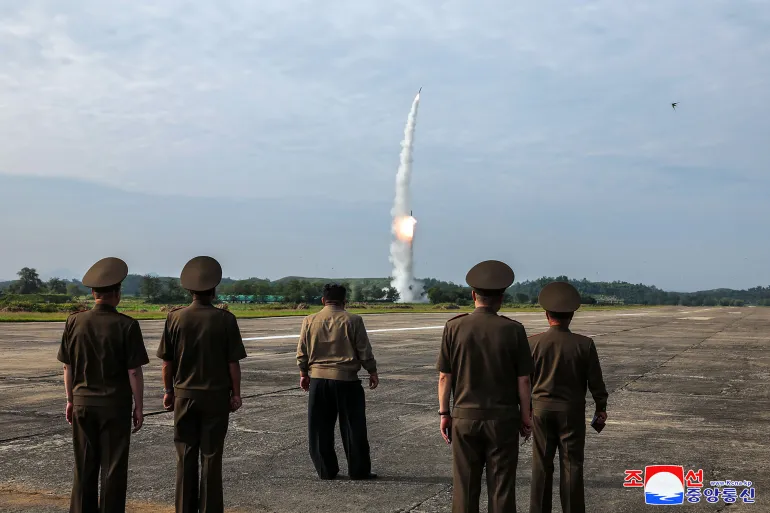

Discussion